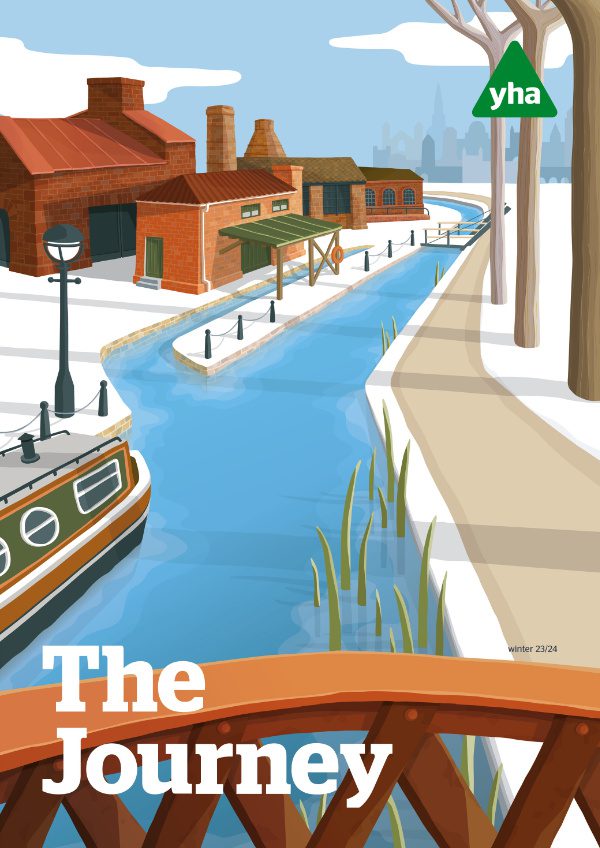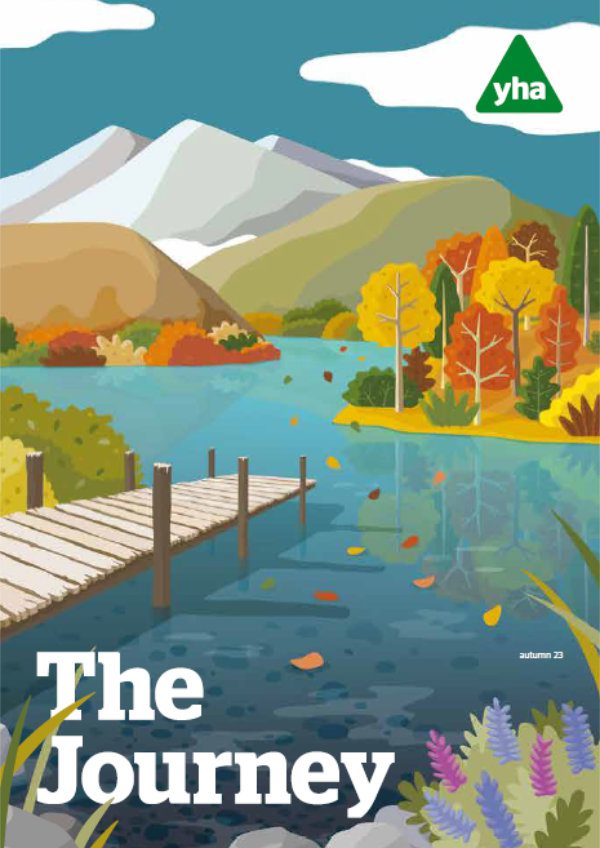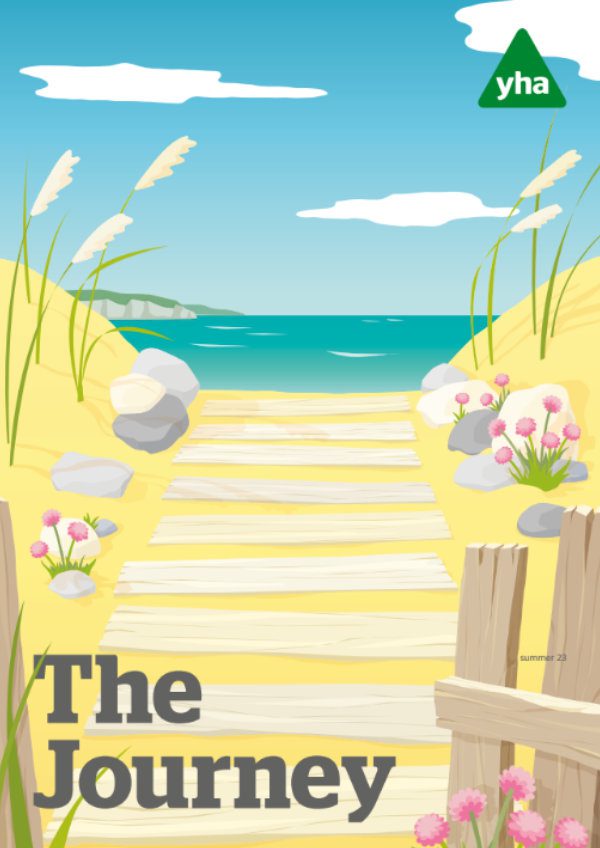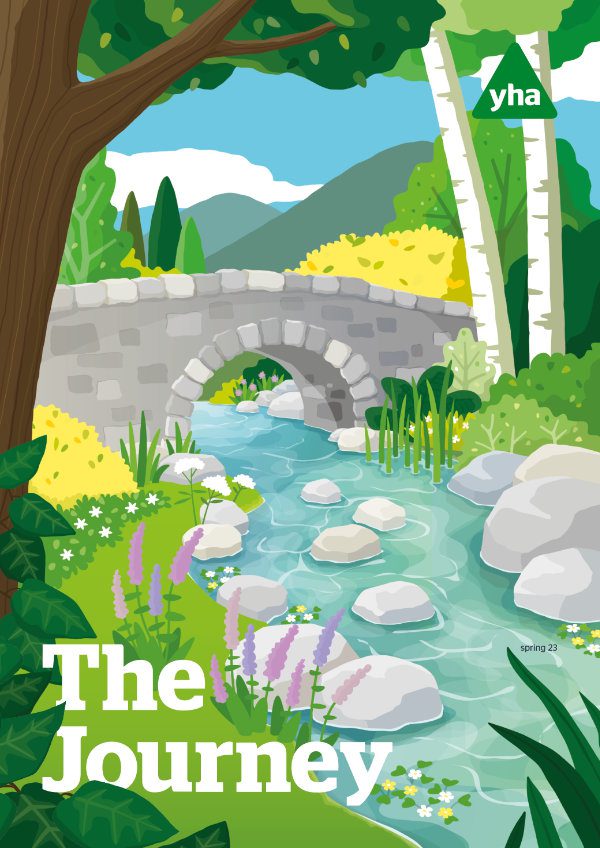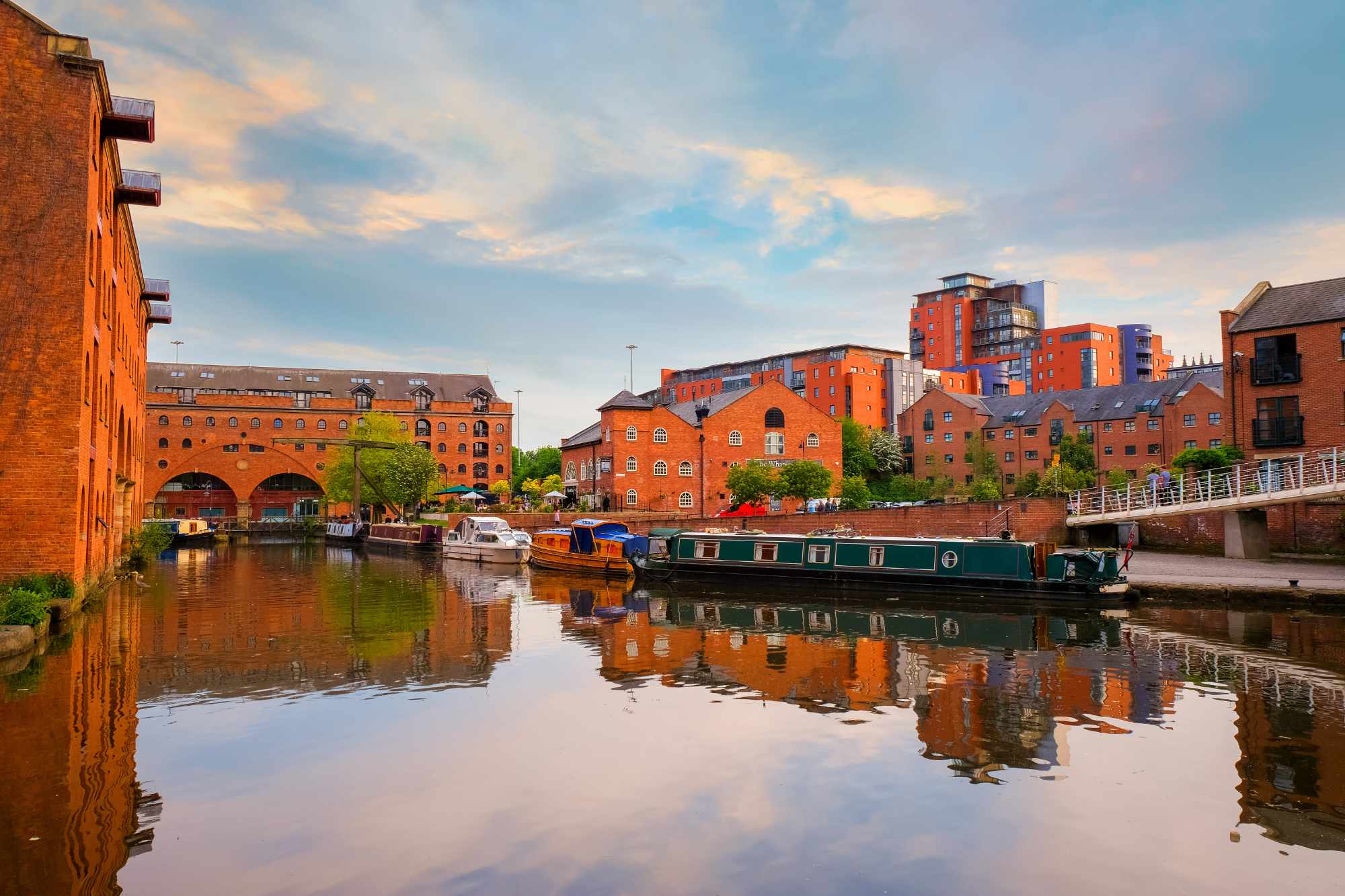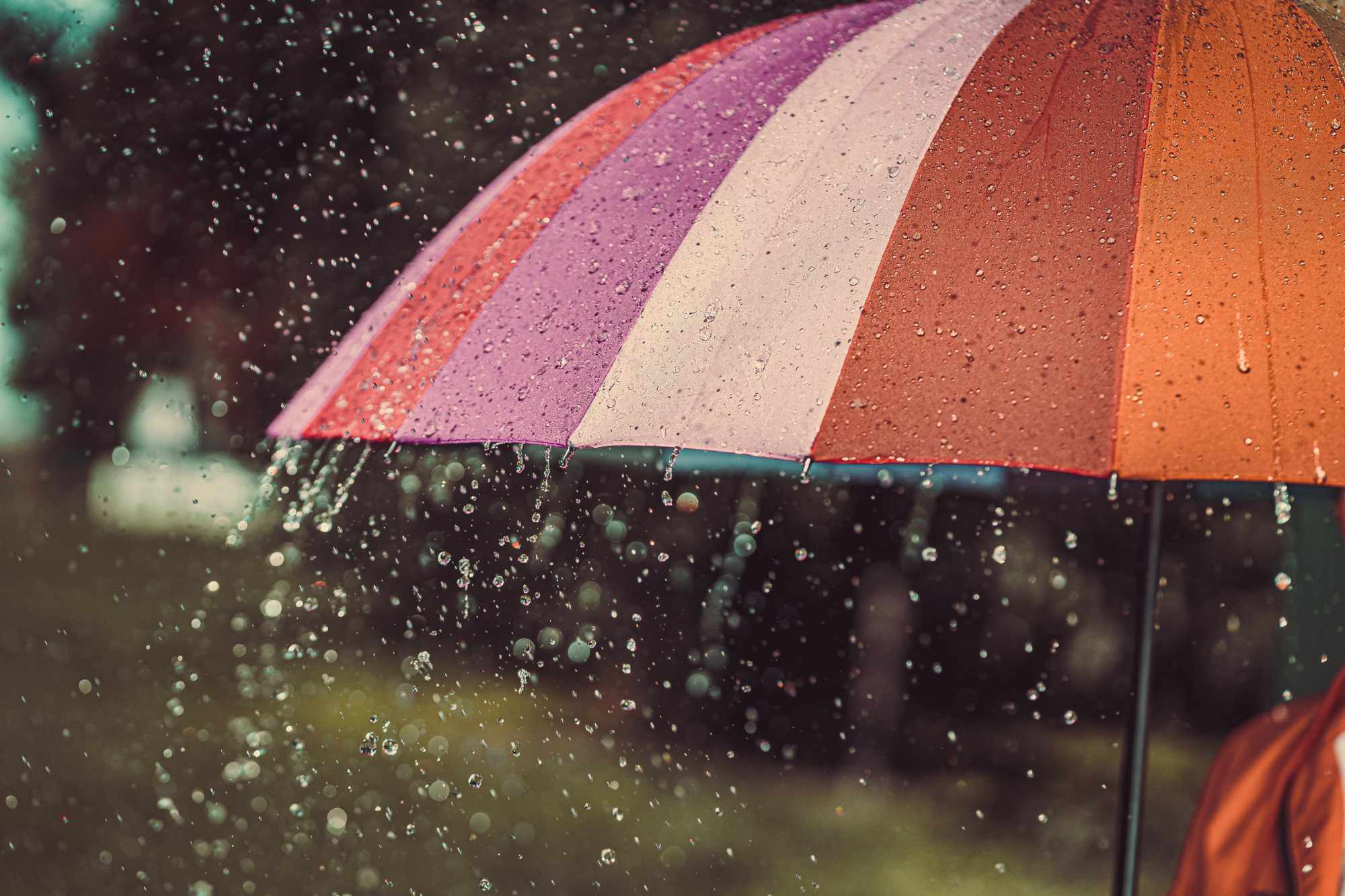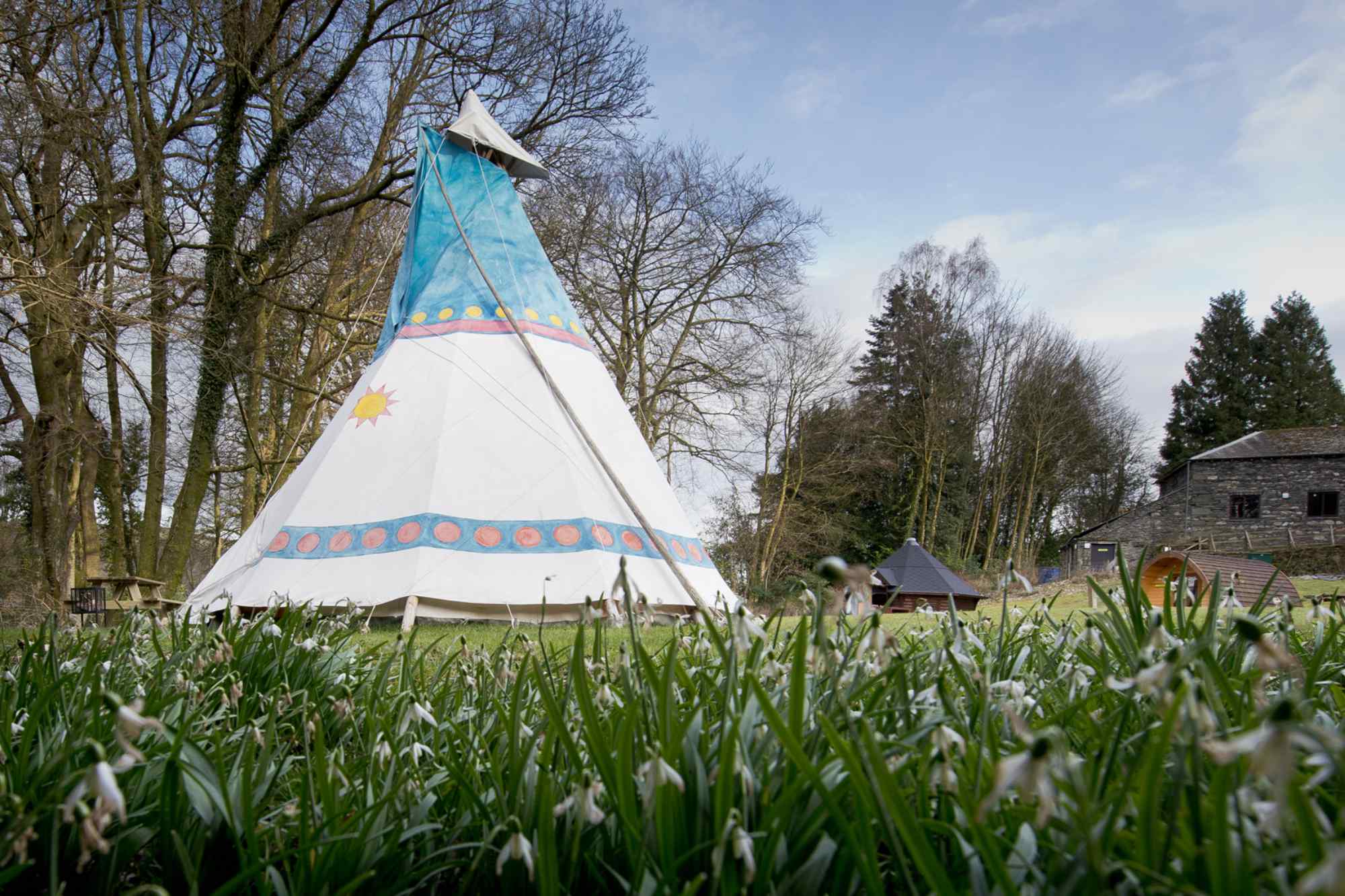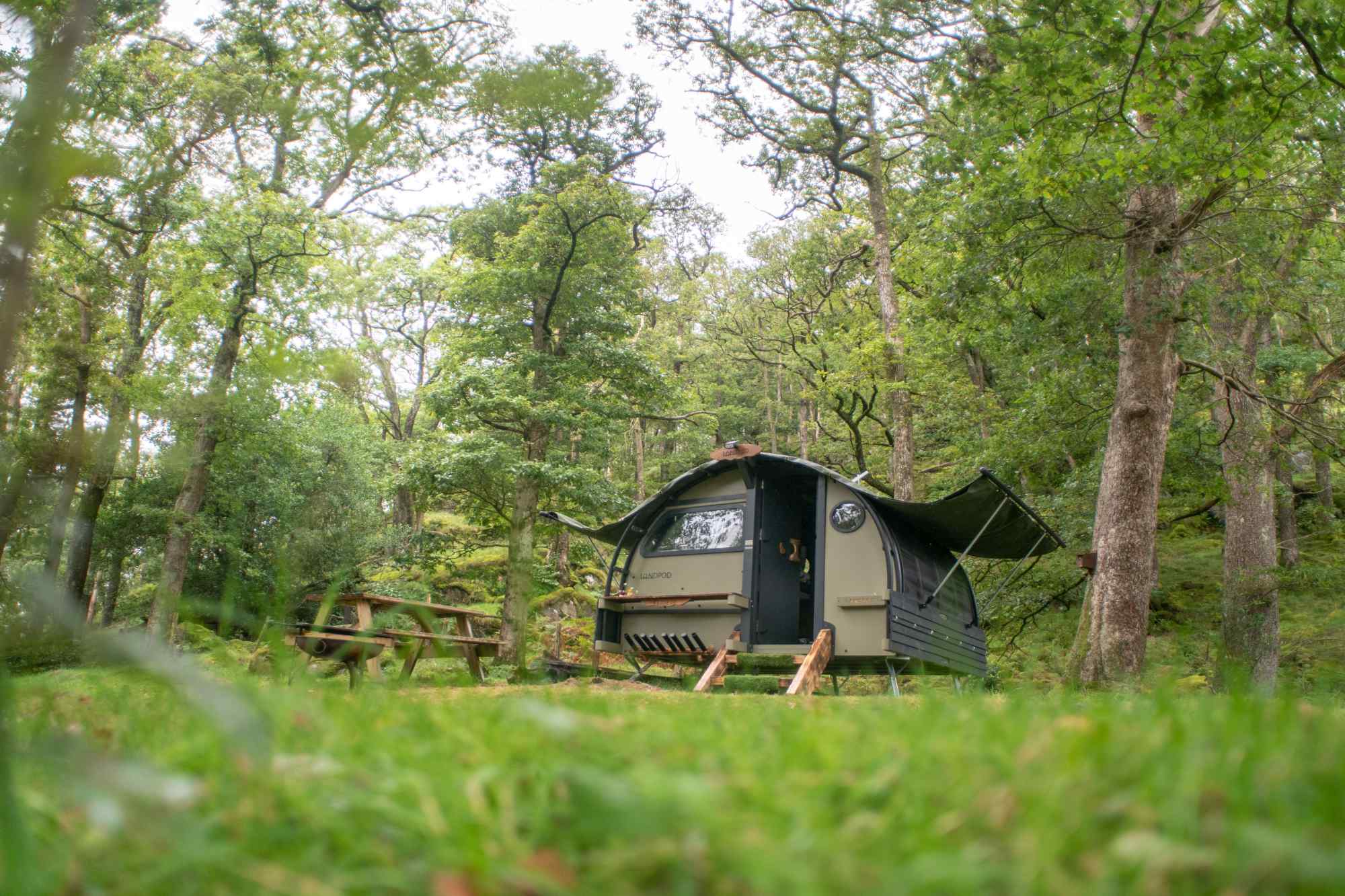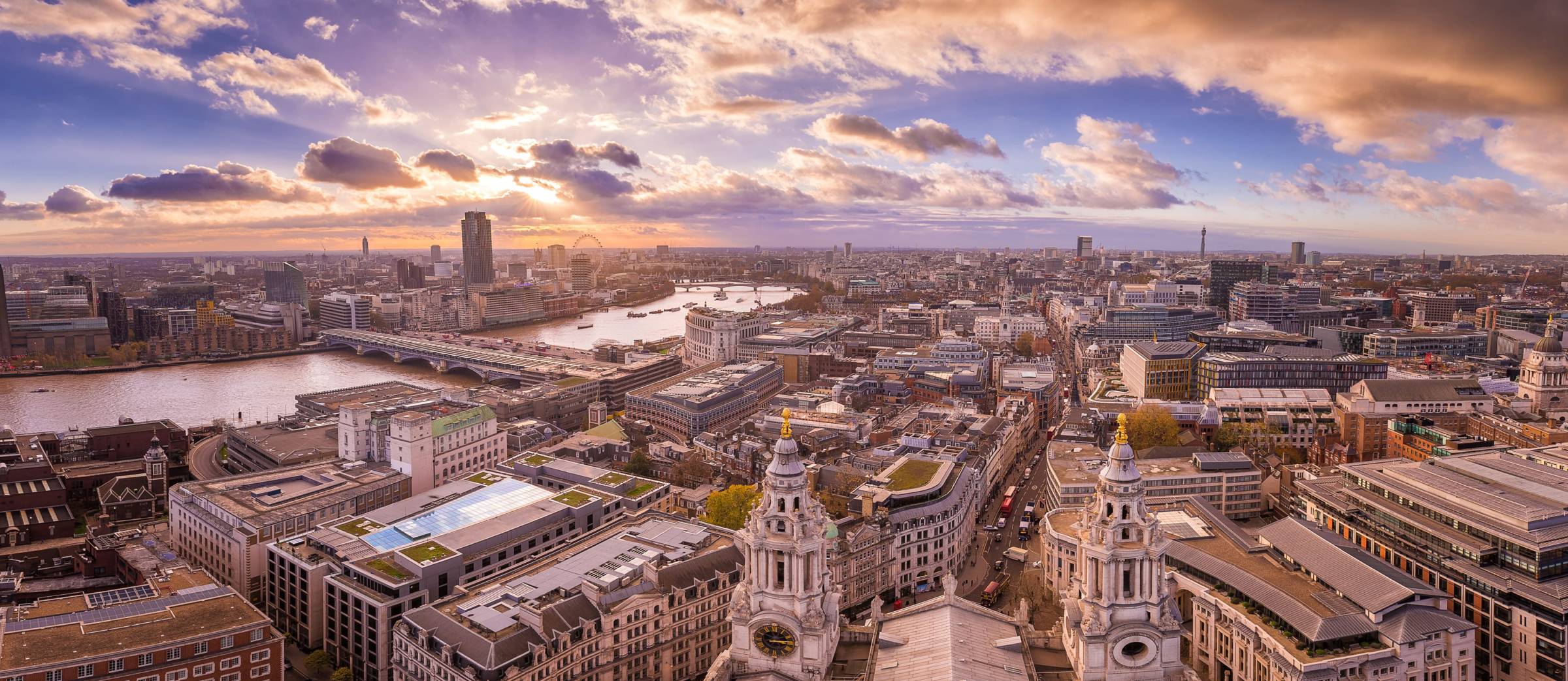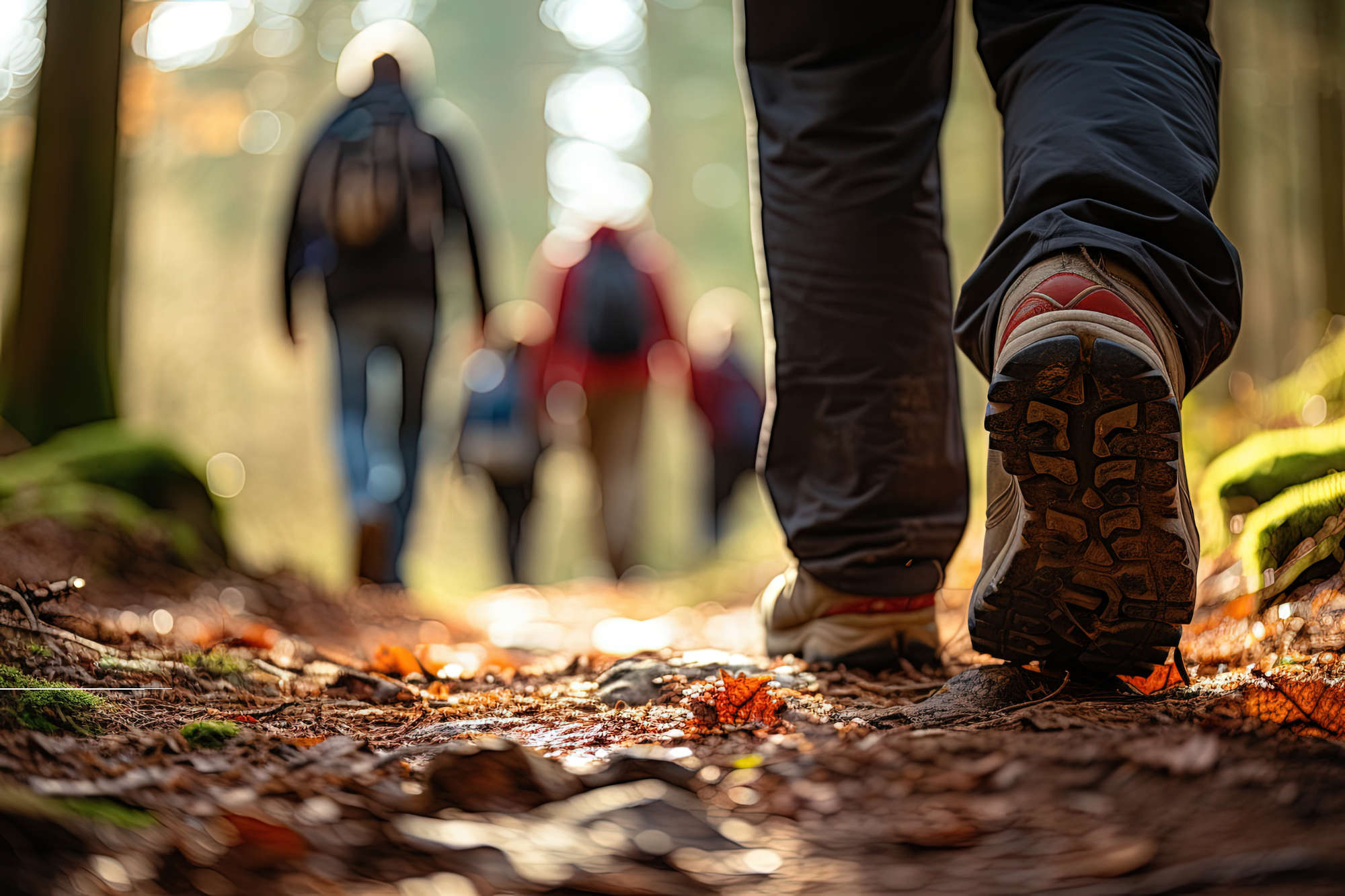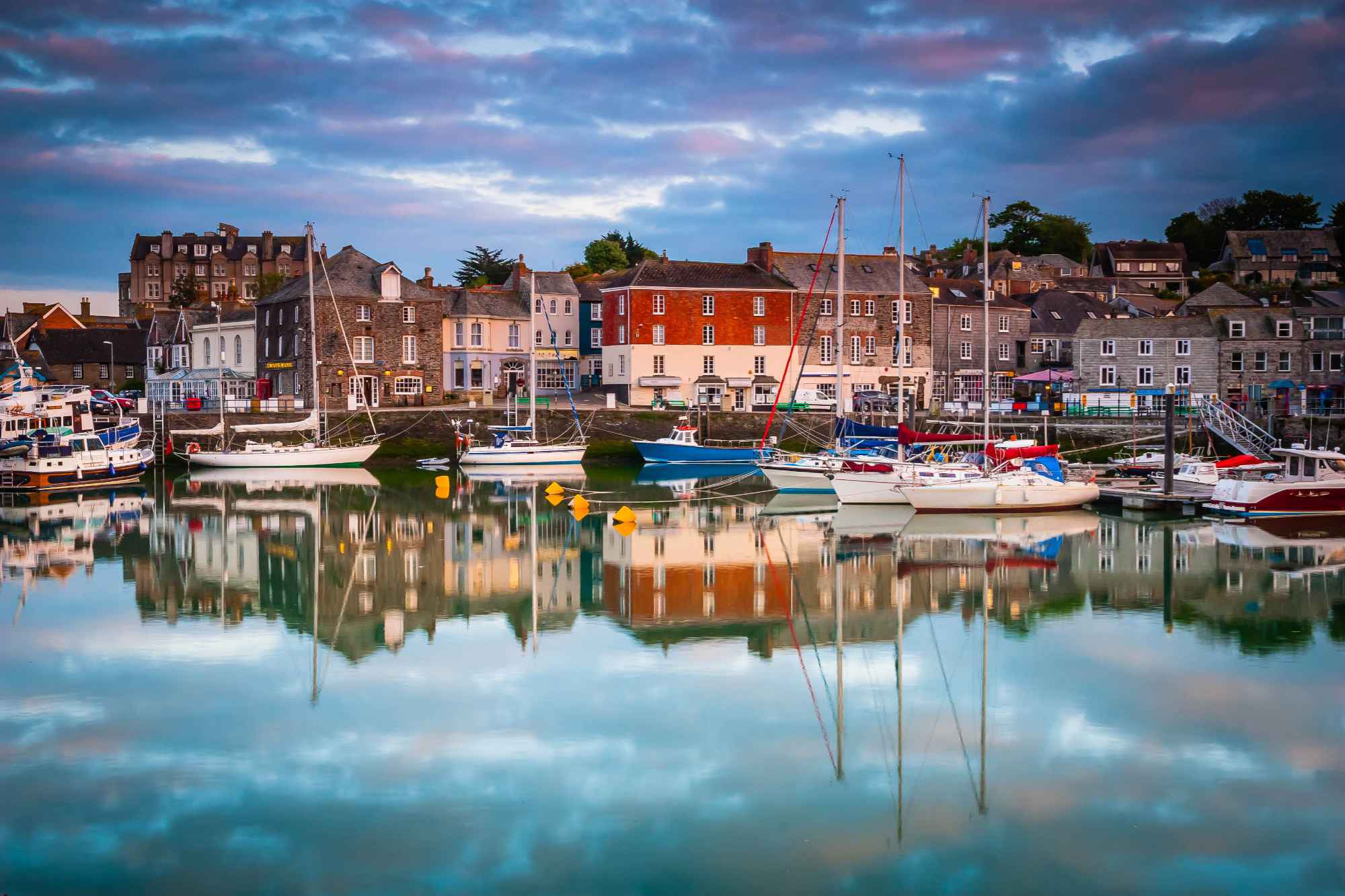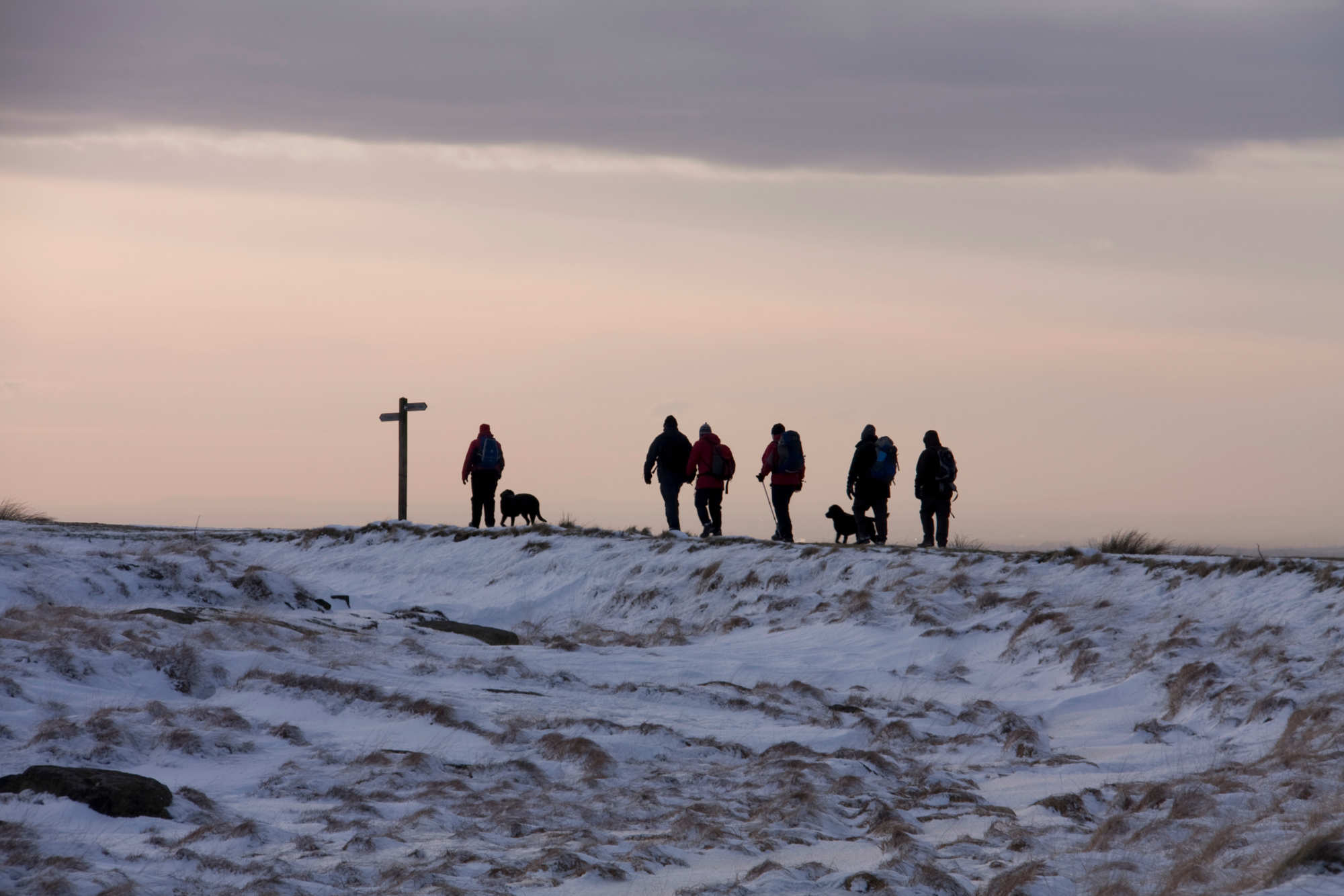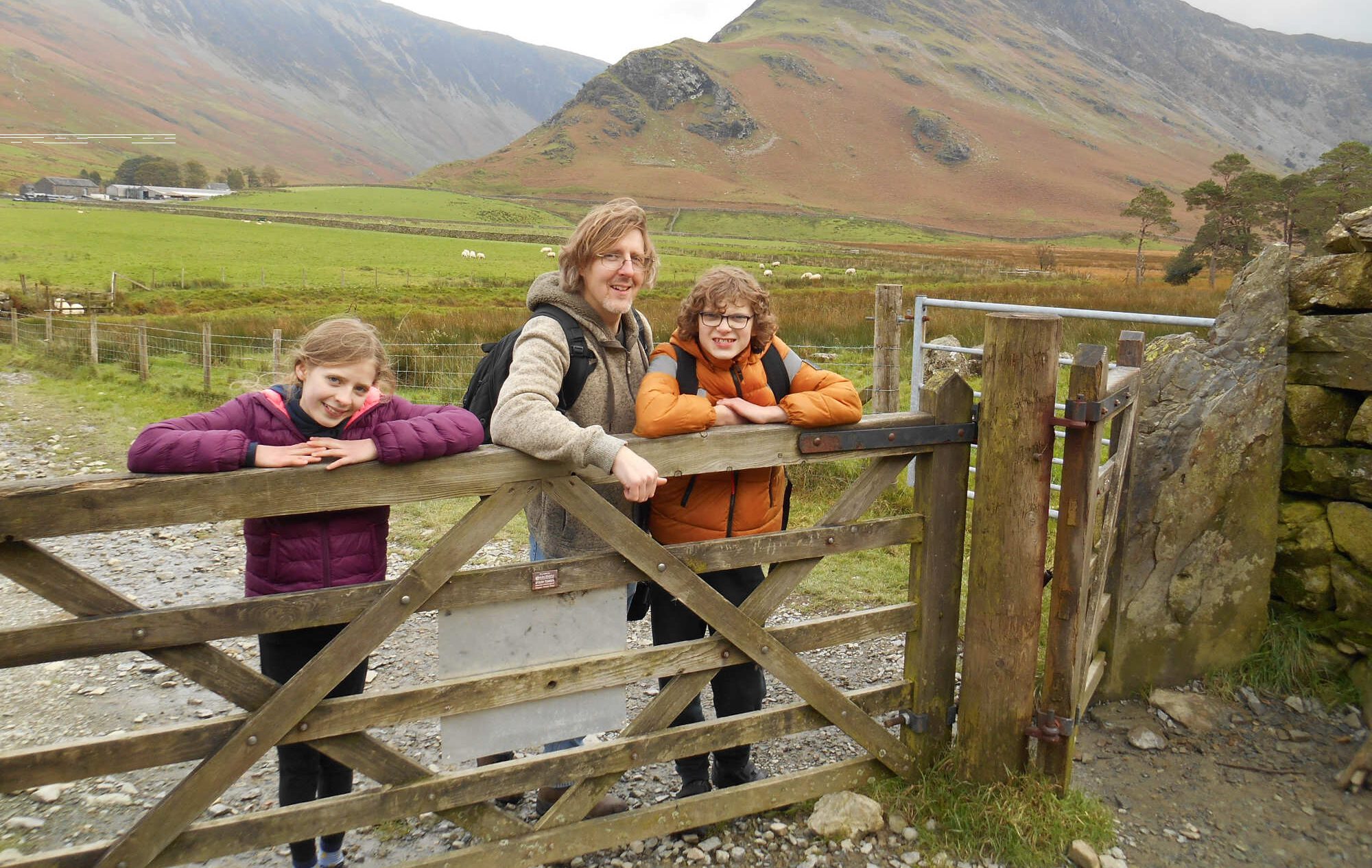For this blog we’ve asked the team at British Cycling to give their advice on how to pack for mountain biking. Get some top tips from Dan Cook, British Cycling’s Mountain Bike Leadership Manager.
If you’re taking your mountain bike out for more than just a quick spin – particularly if you’re riding cross-country – you should always aim to be self-sufficient by having the equipment and knowledge to deal with mechanical issues and other mishaps.
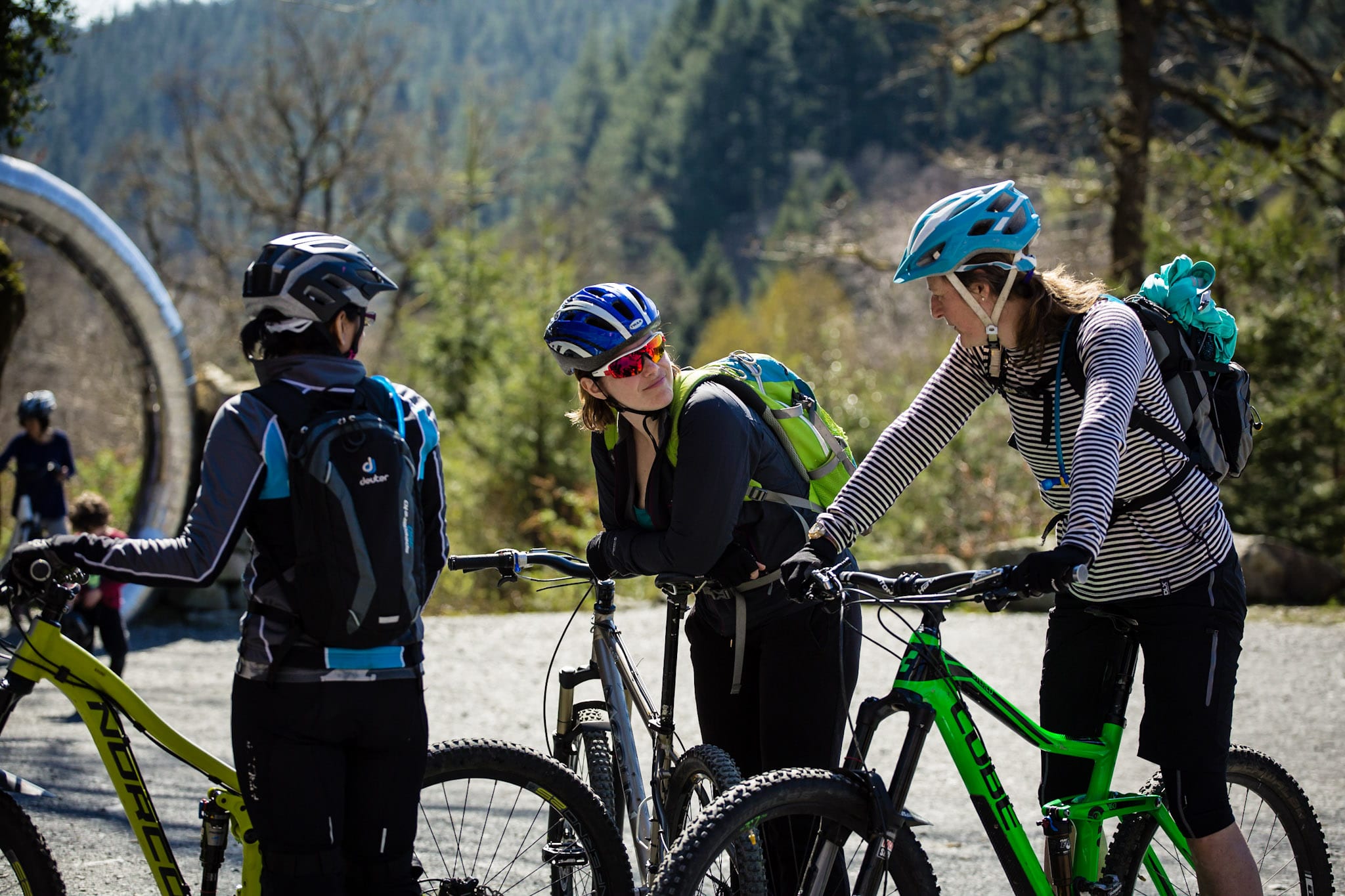
Packing list for mountain biking
Phone
Always have a fully charged mobile phone with you and make sure you’re not draining its battery by using its GPS for navigation or recording ride stats. Keep your phone in a waterproof case and protect it in the middle of your bag where it won’t be damaged in a fall. Register your mobile to be able to text emergency services when the signal’s weak. And for extra peace of mind, have an I.C.E (in case of emergency) number stored in your phone and keep the security lock turned off.
Spares and repairs
Carry a couple of spare inner tubes, even if riding tubeless, and also some quick-stick puncture repair patches just in case you’re unlucky enough to have multiple flats. A power link allows you to rejoin a broken chain without having to push pins back in.
Tools
A quality multi-tool that includes a chain tool will allow you to cope with most trailside repairs. You should also have some basic mechanical knowledge, such as indexing your rear derailleur and adjusting your front mech (lessons online). A pump is essential for re-inflating your tyres after a puncture. You’ll also need tyre levers to get the tube out. If you’re riding tubeless, you may also need some pliers.
Clothing
Always carry a waterproof and a packable warm jacket, or an extra base layer in a zip-lock bag. Take a warm hat and thick gloves in winter.
Food and drink
Make sure you have enough food and drink for your entire ride. It’s also sensible to have a small bag of emergency rations.
Map
It’s far too easy to become overly reliant on GPS devices and trail centre way-markers. Carry a map of the area you’re riding in as it’ll allow you to plot a bail-out if you need to shorten a ride. You should also carry a compass and know how to use it.
First aid kit
A basic first aid kit and the knowledge of how to use it should be a priority for all mountain bikers. A lightweight foil survival blanket weighs practically nothing, but could make all the difference in cold conditions.
ID
Especially important if you’re riding on your own and as a backup to the ICE stored in your phone. Wear an ID bracelet or dog-tag – or have your details on a rucksack tag.
Lights
If you find yourself caught out after dark, a compact light or headtorch will get you back to civilisation. If you have some road sections to ride, use a clip-on red rear light to ensure you’re safe and legal.
Money
Many remote areas with poor mobile phone coverage still have coin-operated pay phones. Cash is also good for refueling stops.
Dry bag
Always wise. There are many types of waterproof bags to line your rucksack with.
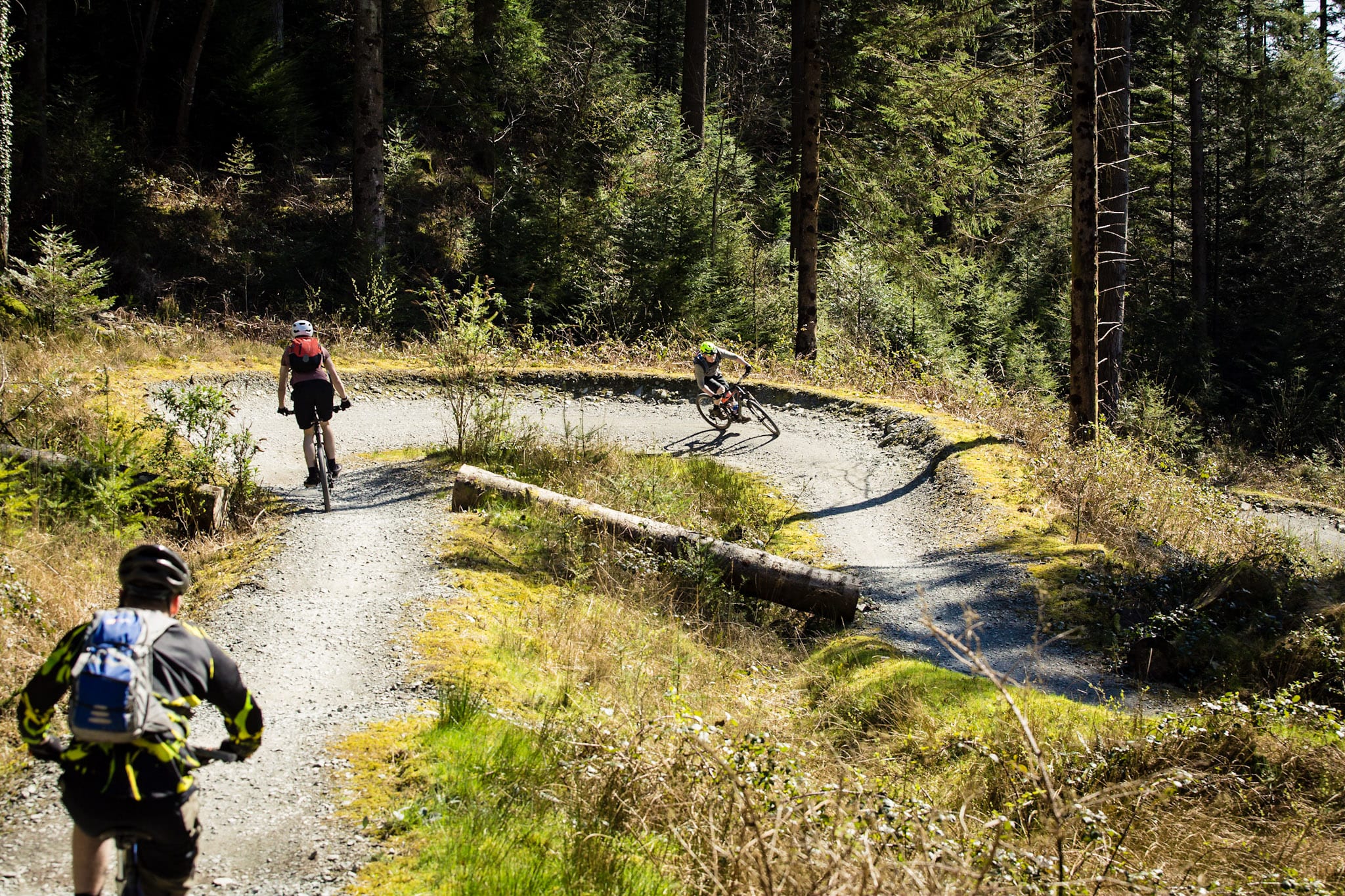
Pre-ride checklist
You may find it useful to make a copy of the ‘how to pack for mountain biking’ list below and double check it before every ride:
- Phone
- Inner tubes
- Puncture repair patches or kit
- Emergency tyre boot
- Power link + link tool if necessary
- Spare rear mech hanger
- Zip ties
- Pump or mini pump if travelling;
- lightweight and CO2 inflator
- Multi-tool with chain tool
- Tyre levers
- Pliers
- Spare clothing (conditions dependent but a minimum of a waterproof)
- Food and drink (to last for the length of the ride + emergency rations)
- Map + compass
- Appropriately stocked First Aid kit
- Lightweight survival blanket
- ID
- Lights (including red rear if going on the roads)
- Money
- Dry bag
Mountain biking is amazingly accessible – you need a bike, but not necessarily mountains! You can find great riding close to home, in urban or rural areas across the UK, whether that’s a canal path, a bridleway or a purpose-built route. You can be social by riding with friends, you can explore new places, or you can be guided by a qualified Leader.
